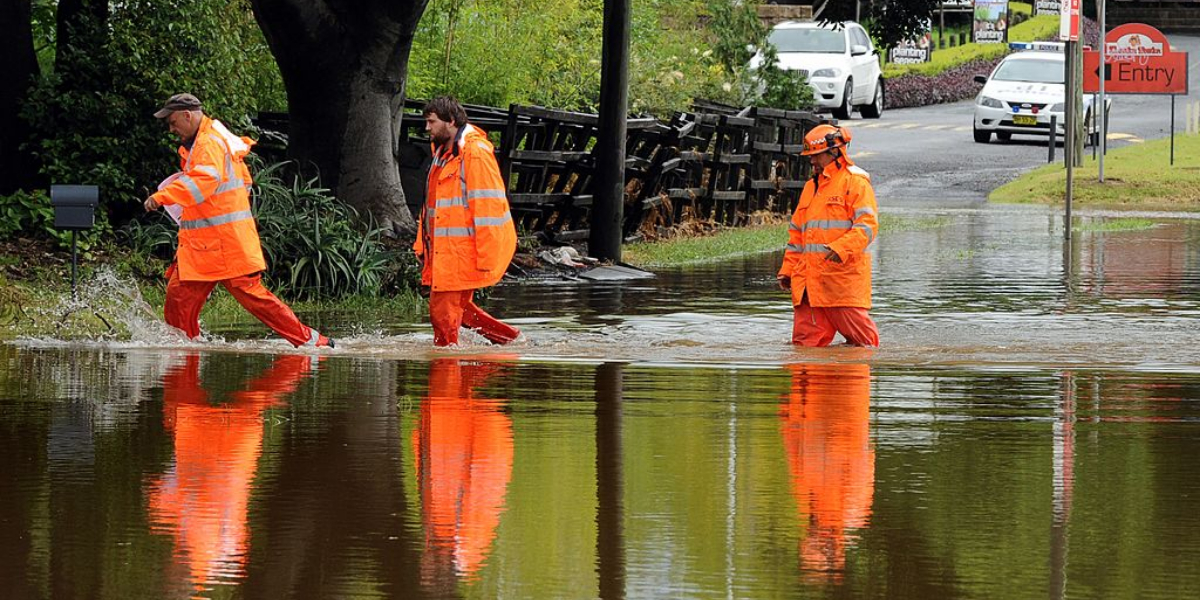A new study suggests that rising La Niña rates could make eastern Australia more prone to flooding in the coming decades.
Disturbing weather patterns are more likely to occur as climate change slows the current “conveyor belt” of the Atlantic Ocean, according to a report published Tuesday in the journal Nature Climate Change. An oceanic feature known as the Atlantic Meridian Slope involves the continuous movement of large-scale tropical water flows each year, which in turn has a significant impact on the planet’s climate.
Read more: Heavy rains and floods affect over 800,000 in China
The authors of the report from the University of New South Wales (UNSW) say that the slope of the Atlantic Ocean has been relatively stable for about 5,000 years, but has slowed in recent decades. Greenhouse gas emissions that have melted trillions of tons of polar caps in Greenland and Antarctica have contributed to the introduction of large amounts of fresh water into ocean systems, altering buoyancy and revitalizing marine ecosystems.
Australians living in the eastern states, including Queensland, New South Wales (NSW) and Victoria, are well aware of the consequences of last year’s protests in La Niña. The Australian Bureau of Meteorology (BoM) said in a report released on Tuesday that the state with the worst weather conditions had suffered unprecedented flooding.
Read more: Fresh floods hit South Africa
UNSW Scientia Professor Matthew England Research Group, Associate Professor Andrea S. Tashetto and PhD candidate Bryam Orihuella-Pinto wrote: “The oceans are the driving force behind the Earth’s climate and absorb large amounts of heat and carbon to slow the rate of change.”
“But there is a recovery, along with rising sea levels, melting ice and a significant slowdown in the Atlantic, which will change the cycle of this century.”
“The current path of non-reduction of greenhouse gas emissions affects the entire system,” say the researchers, which could eventually lead to the collapse of the “conveyor belt” of the ocean.
A new low-carbon economy is needed, they say, to prevent or at least reduce these environmental disasters. “It will change the Earth’s climate history for the second time in less than a century, this time for the better.

















